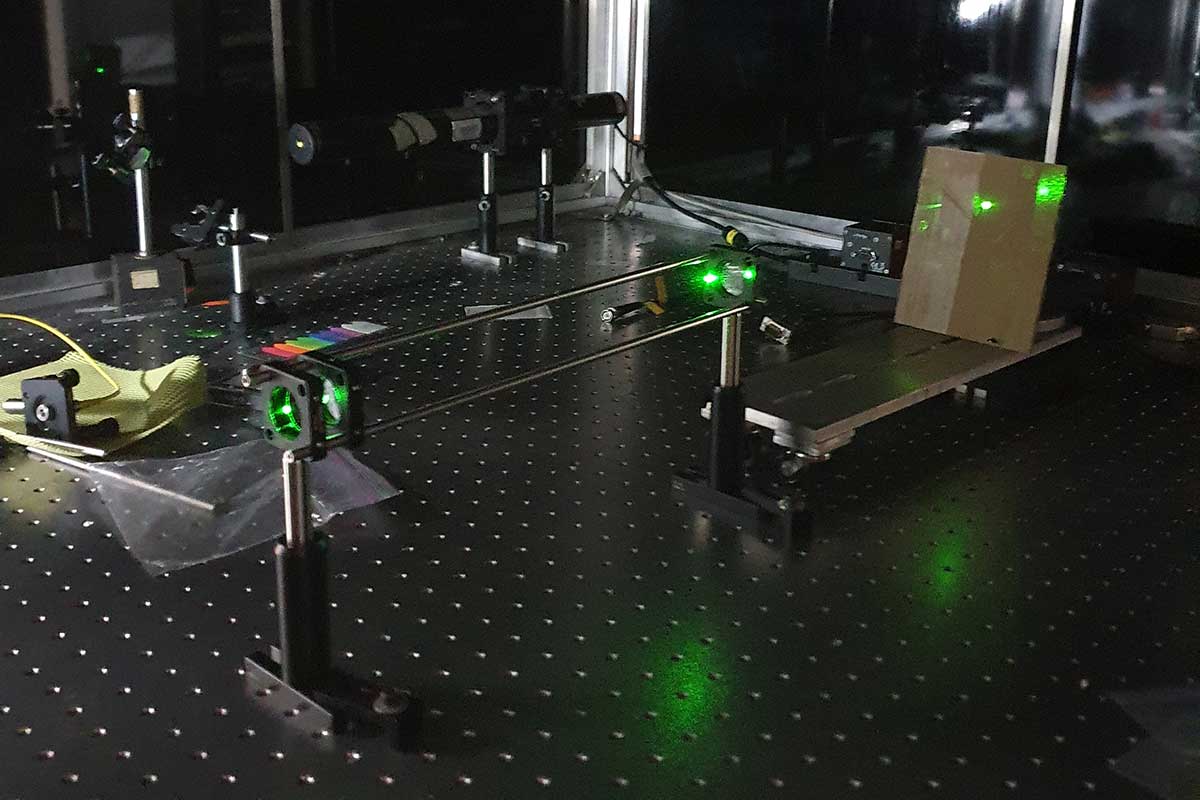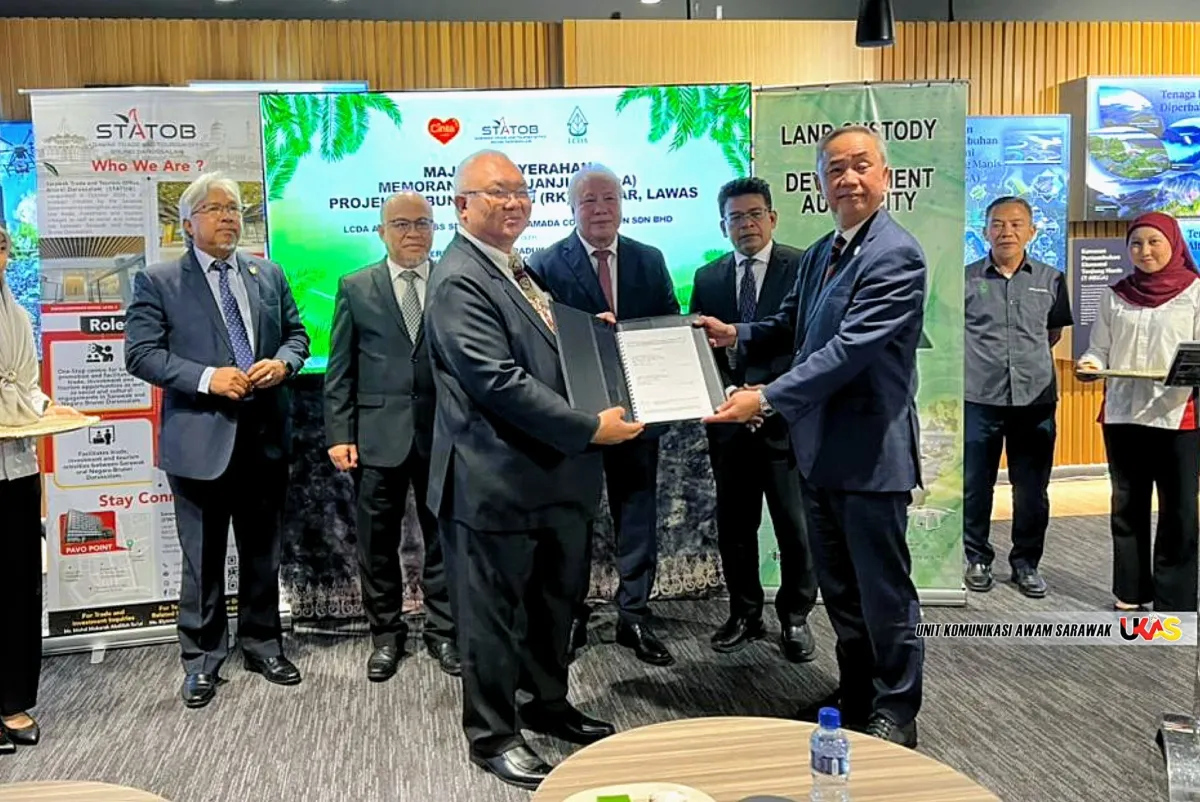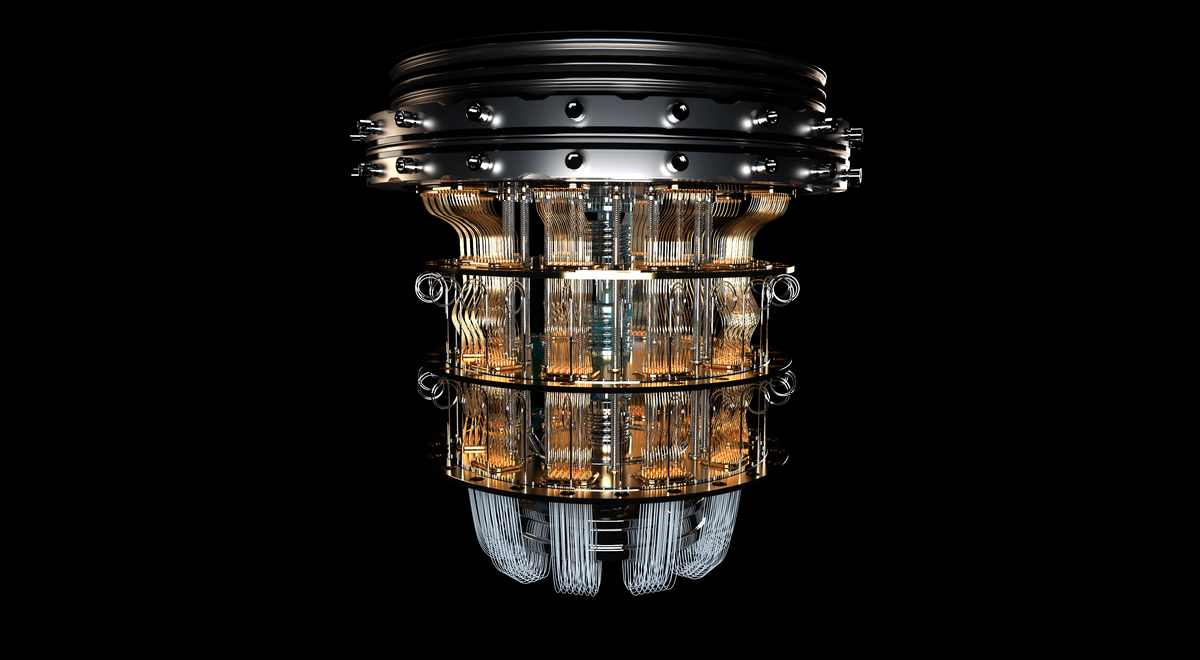Copyright journal

A laser reflecting off glass looks like it follows the mirror rule—angle in equals angle out. But with sensitive tools, the spot shifts slightly, no bigger than a strand of hair. This elusive effect, called the Goos–Hänchen (GH) shift, was recently explored by scientists from the UP Diliman College of Science (UPD-CS) in materials that barely absorb light—such as those used in semiconductors and photonics. Jared Joshua Operaña of the UPD-CS Materials Science and Engineering Program (MSEP), together with Drs. Niña Zambale Simon and Nathaniel Hermosa of the UPD-CS National Institute of Physics (NIP), studied how the GH shift is evident in low-loss dielectric materials such as silicon and gallium arsenide. The findings of their research show that this elusive light shift can become surprisingly large, revealing that the size of the GH shift changes depending on the material’s properties. A First-of-its-kind Measurement “Until now, GH shifts were mostly observed in metals or exotic layered structures, because these are the materials where GH shifts are relatively larger and thus are easily observed,” Operaña said in an interview. “But theoretical studies have long suggested that even ordinary, uncoated dielectrics with very little light absorption should produce unusually large GH shifts.” These large GH shifts are difficult to measure with traditional tools, as they occur only within an extremely narrow range of angles. Operaña’s team is the first to experimentally confirm these predictions in materials that barely absorb light, marking an important step in showing that widely available materials can exhibit significant GH shifts. “We showed that silicon, which absorbs less light than gallium arsenide, produces a shift up to 100 times the wavelength of the laser beam,” he added. In their research, the team measured GH shifts at just 543 and 633 nanometers, but they plan to expand their method to include more laser wavelengths, possibly even those outside the visible region. Other researchers may also modify the properties of the materials they will use, depending on the goals of their studies. Toward Real-Life Use and Beyond Discovering the sensitivity of GH shifts to subtle differences in the material’s light absorption gives their method the potential to evolve into a practical tool for both research and industry. “In the commercial setting, compact instruments based on GH-shift detection could be developed for quality control in semiconductors, photonics, and advanced coatings, where precise control of material properties is critical,” explained Operaña. In academic research, their method provides a new and highly sensitive approach to studying how materials interact with light, paving the way to deeper understanding and new applications. Their study is funded by the Department of Science and Technology Philippine Council for Industry, Energy, and Emerging Technology Research and Development (DOST-PCIEERD) and the University of the Philippines Office of the Vice Chancellor for Research and Development (OVCRD). By: Eunice Jean C. Patron References: Operaña, J. J., Zambale Simon, N., & Hermosa, N. (2025). Observation of the spatial goos–hänchen shift due to low-loss dielectrics. Optics Letters, 50(11), 3533. https://doi.org/10.1364/ol.550141



